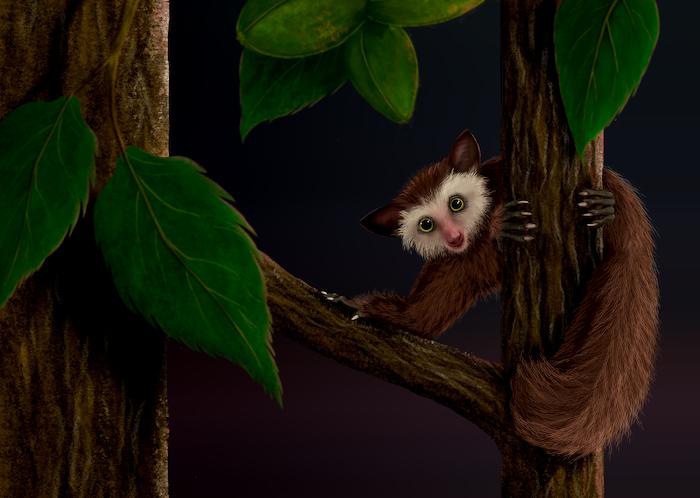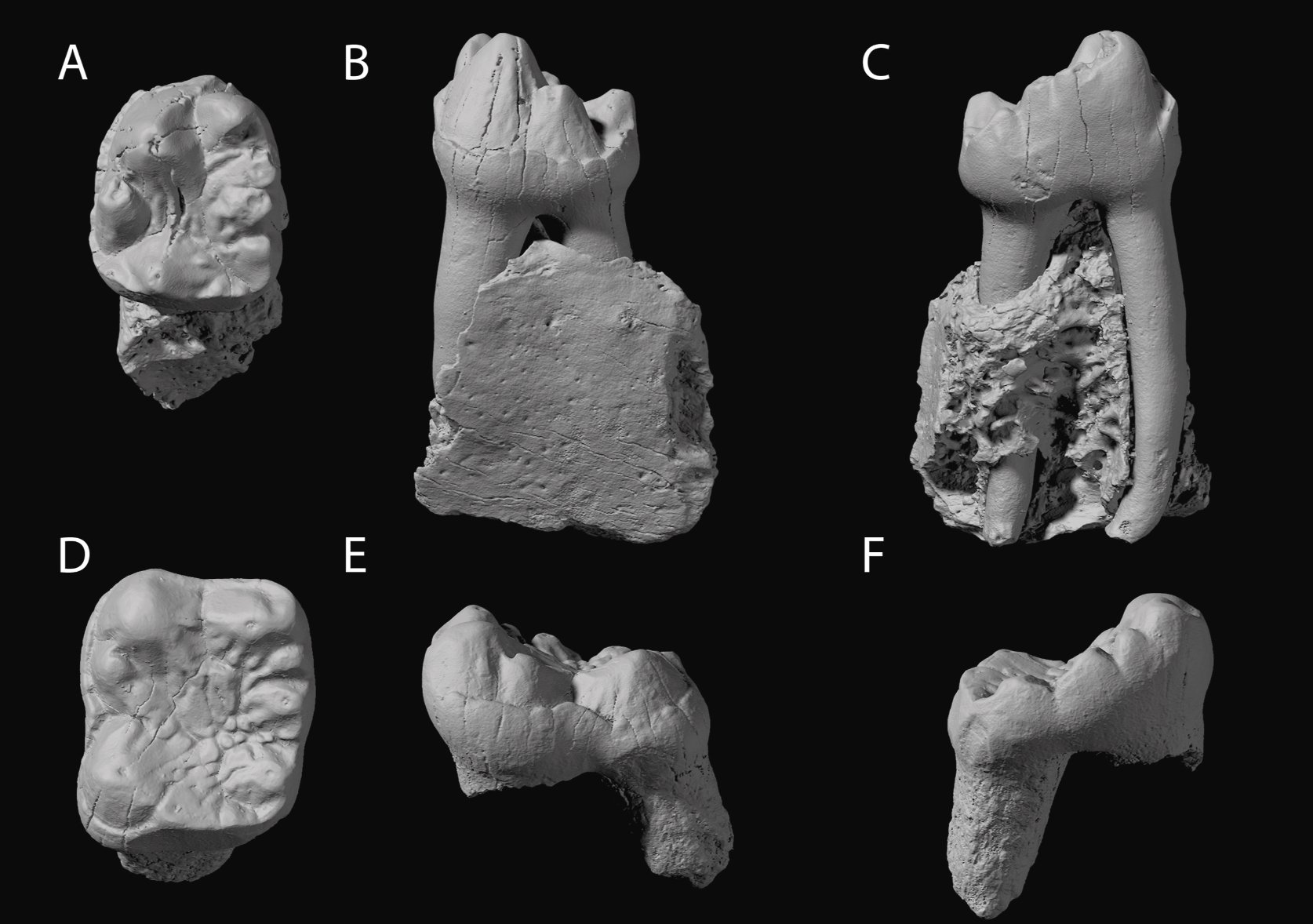
Nebraska and China might seem pretty different, but they both have something ancient in common: a group of primates that lived thirty million years ago. These primates came to North America way before our modern human ancestors did.
The name “Lazarus” comes from a story in the Bible about a man named Lazarus being brought back to life by Jesus in the New Testament. That’s why scientists call them a “Lazarus” species.
It’s like when you find something you thought was gone forever, just like the New Guinea singing dog, which was rediscovered in the wild in 2018 after remaining unseen for fifty years. Another example is the black-browed babbler, seen in October 2020 after everyone thought it had vanished for 170 years, according to Gizmodo.
Ekgmowechashala philotau is a bit different from those Lazarus species we mentioned earlier. It didn’t show up after a few centuries of disappearing. Instead, it reappeared in the fossil record millions of years after the other North American primates had gone.
Scientists found teeth and jawbones from Ekgmowechashala philotau that are about thirty million years old. They also found a similar creature in China called Palaeohodites naduensis.
These fossils helped scientists understand where this North American animal came from. The team’s research was published in the Journal of Human Evolution.
Ekgmowechashala is not a survivor of earlier primates in North America

Kathleen Rust, a paleontologist at the University of Kansas’ Biodiversity Institute and Natural History Museum, who led the study, said that their analysis shows that Ekgmowechashala is not a leftover or survivor from earlier North American primates.
Instead, it is a species that came from Asia and migrated to North America during a colder time, probably through a land bridge called Beringia, Rust further explained.
As Chris Beard, a vertebrate paleontologist at the University of Kansas and co-author of the study, put it, “Several million years later Ekgmowechashala shows up like a drifting gunslinger in a Western movie, only to be a flash in the pan as far as the long trajectory of evolution is concerned.”
He further stated, “After Ekgmowechashala is gone for more than 25 million years, [modern humans] come to North America, marking the third chapter of primates on this continent.”
The idea that Ekgmowechashala, a primate whose name means “monkey” in the Sioux language, came to North America using a land bridge is not new. In 2015, a different group of scientists compared Ekgmowechashala fossils from Oregon with those from South Dakota and Nebraska.
They found that this animal originally came from Asia and only arrived in America during a period called the Oligocene Epoch, around twenty-nine million years ago, as reported by Gizmodo.
However, the recent research team went a step further. They showed that Ekgmowechashala is closely related to an Asian primate species called Palaeohodites naduensis. This confirmed the origins of the North American Lazarus species and its connection to Asia.
See all the latest news from Greece and the world at Greekreporter.com. Contact our newsroom to report an update or send your story, photos and videos. Follow GR on Google News and subscribe here to our daily email!



